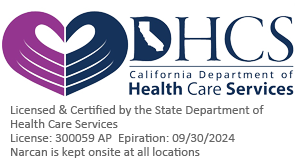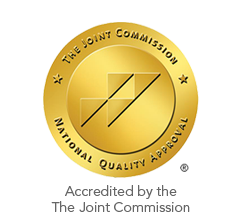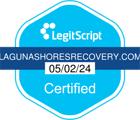Anxiety and Substance Abuse
Anxiety disorders and substance abuse are closely related and often co-occur in individuals. People with anxiety disorders may turn to drugs or alcohol to self-medicate and manage their symptoms, while prolonged substance abuse can also lead to the development of anxiety disorders.
The relationship between anxiety and substance abuse is complex and bidirectional. Anxiety disorders can contribute to substance abuse as individuals may turn to drugs or alcohol to alleviate their symptoms of anxiety. On the other hand, prolonged substance abuse can lead to the development of anxiety disorders, as the brain’s chemistry and functioning are altered by drug or alcohol use.
Alcohol is a depressant that can initially reduce symptoms of anxiety, but prolonged use can lead to tolerance and increased anxiety levels. People with anxiety disorders may also be at higher risk for developing alcohol use disorders, as they may turn to alcohol to manage their symptoms.
Stimulant drugs such as cocaine and amphetamines can also increase anxiety levels and contribute to the development of anxiety disorders. These drugs can alter brain chemistry and increase the production of stress hormones, leading to feelings of anxiety and panic.
Benzodiazepines, a class of drugs commonly prescribed to treat anxiety disorders, can also be highly addictive and contribute to substance abuse. Prolonged use of benzodiazepines can lead to physical dependence and withdrawal symptoms, making it difficult to quit without professional help.
The co-occurrence of anxiety disorders and substance abuse can be particularly challenging to treat, as each condition can exacerbate the other. Treatment often involves addressing both the substance abuse and the underlying anxiety disorder through a combination of therapy, medication management, and support groups.
Cognitive-behavioral therapy (CBT) is a type of therapy that has been shown to be effective in treating both anxiety disorders and substance abuse. CBT focuses on changing negative thought patterns and behaviors that contribute to both conditions and developing coping strategies for managing symptoms.
Medication-assisted treatment (MAT) can also be effective in managing both anxiety disorders and substance abuse. MAT involves using medications to manage withdrawal symptoms and cravings and is often used in conjunction with therapy.
Support groups such as Alcoholics Anonymous (AA) and Narcotics Anonymous (NA) can also be helpful for individuals struggling with both anxiety disorders and substance abuse. These groups provide a supportive environment for individuals to share their experiences and receive support and encouragement from others in recovery.
It’s important for individuals with co-occurring anxiety disorders and substance abuse to seek professional help and support. The co-occurrence of these conditions can be challenging to manage on one’s own, and professional treatment can provide the tools and resources needed for long-term recovery.
In addition to professional treatment, individuals can also take steps to manage their anxiety and reduce their risk of substance abuse. These steps include practicing relaxation techniques, such as deep breathing and meditation, getting regular exercise, and eating a healthy diet.
Overall, the relationship between anxiety disorders and substance abuse is complex and bidirectional. Seeking professional help and support is essential for managing both conditions and achieving long-term recovery.

 Matthew Beck B.A, M.A, LMFT
Matthew Beck B.A, M.A, LMFT 


